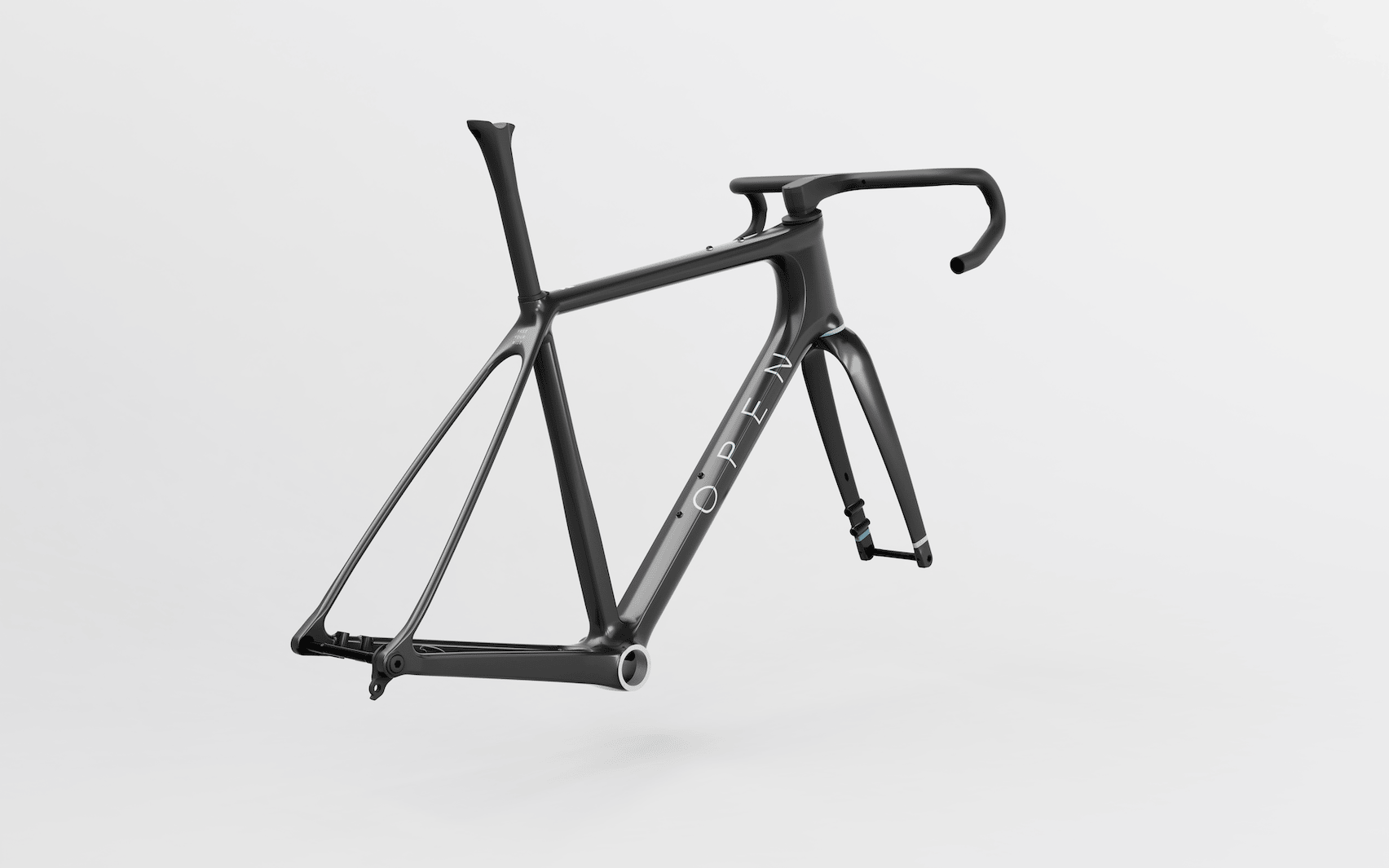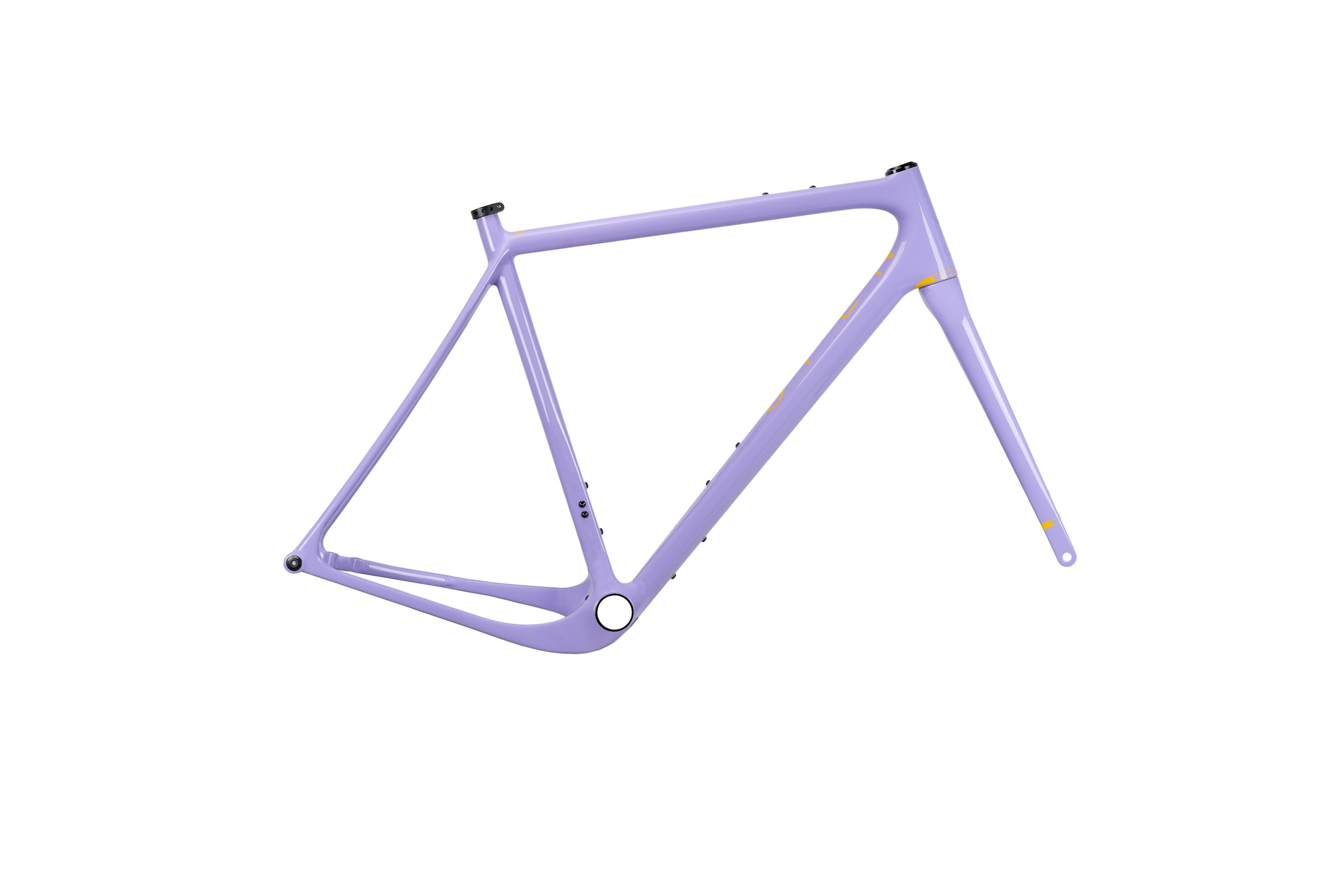The effect of wider rims on tire width
26. Jul ’13
General
Recently, we get more questions about tire width. And many of them are related to the use of wider rims. In particular carbon rims for mountain bikes are getting wider and wider, and with that the width of the tire also changes. What makes sense?
First off, wider rims are a good idea. Having a 55mm tire on a 20mm wide rim is not ideal. The tire can "roll" sideways quite easily, meaning that in corners there is a lot of sideway flex and imprecise steering. Wider rims reduce this and create a stiffer (sideways) tire-rim combination. That means your bike may actually go where you point it.
Additionally, assuming the edges of the rim are properly shaped, a wider rim can reduce the chance of pinch flats.
So far, so good. But what happens with a tire when you put it on a wider rim? Think of a cross section of a tire. We talk about the tire by its width, but what really matters is the total dimension of the "almost complete circle" that the tire cross section describes. Or in other words, the tire cross section together with the inner width of the rim creates a full circle (though I use the term loosely as it isn't round, but it goes around 360 degrees).
Consequently, when you widen the rim and mount the same tire, this total circle becomes bigger. Then the question is, where does this extra material for the tire-rim cross section go?
First of all, it doesn't go into an increased diameter of the wheel. After all, the center plane of the tire (the vertical plane through the tire if the bike is standing upright) doesn't really change. There is a certain amount of rubber that goes around on that center plane, and putting the tire on a wider rim does not stretch the center section of the tire.
Hence, if the cross section of the tire-rim gets bigger and the diameter of the tire stays the same, the extra material has to go to the width. And it does. Putting the same tire on a wider rim means the tire keeps the same diameter but gets a bigger width.
Here the convention of defining tires by their width rears its ugly head. After all, this means that a 2.25" wide tire on a rim with a 19mm inner width doesn't have the same width as a 2.25" wide tire on a 25mm inner width rim. A 2.25" tire on a 19mm rim may have the same width as a 2.1" tire on a 25mm rim.
But that's not the way we think, we think about "this sort of terrain needs a 2.25" tire". "this riding style requires a 2.1", "this bike performs best with a 2.3", "the fastest option is a 2.0". In principle, those thoughts can be correct, as long as we don't connect those widths with whatever the tire says. We have to realize that if we want a 2.25" experience on a 25mm rim, we only need a 2.1" tire.
While this applies equally for all wheel diameters, it may be most important to consider on 29er bikes. After all, many riders are barely starting to realize that they can ride narrower tires on the bigger wheels and still have similar grip. So many people still ride tires that are relatively wide for what they need on their 29er. Add to that a wider rim and you end up with mega-tires (relatively speaking) on bikes that really don't need them. Extra weight and reduced clearance are the result.
Especially in the rear, where clearance between chainrings, chainstay and tire is at a premium, and where grip is rarely an issue for 29er wheels on most terrains, this is something to take into account. On the front, by all means put on a bigger tire if you don't mind the extra weight and like the idea of more grip. But on the rear, you have to realize that more clearance for (unnecessarily) large tires will result in thinner chainstays and therefore more bottom bracket flex.
Finally, this knowledge will also allow you to look at wheel weights in a different way. A wider rimmed wheel may be slightly heaver than a narrow rim, but if it allows you to mount a lighter, narrower tire and still end up with the same effective tire width, maybe the overall weight is not higher. And you would have the benefits of a better ride!
(Don't get me started on the fact that few 2.25" tires are that size on ANY rim because manufacturers fudge their widths to make their tires appear lighter, that's not the point here. The point is that what you think you need a 2.25" tire for, even if it really is smaller than that, might be achieved with a tire called 2.2" or 2.1".)
First off, wider rims are a good idea. Having a 55mm tire on a 20mm wide rim is not ideal. The tire can "roll" sideways quite easily, meaning that in corners there is a lot of sideway flex and imprecise steering. Wider rims reduce this and create a stiffer (sideways) tire-rim combination. That means your bike may actually go where you point it.
Additionally, assuming the edges of the rim are properly shaped, a wider rim can reduce the chance of pinch flats.
So far, so good. But what happens with a tire when you put it on a wider rim? Think of a cross section of a tire. We talk about the tire by its width, but what really matters is the total dimension of the "almost complete circle" that the tire cross section describes. Or in other words, the tire cross section together with the inner width of the rim creates a full circle (though I use the term loosely as it isn't round, but it goes around 360 degrees).
Consequently, when you widen the rim and mount the same tire, this total circle becomes bigger. Then the question is, where does this extra material for the tire-rim cross section go?
First of all, it doesn't go into an increased diameter of the wheel. After all, the center plane of the tire (the vertical plane through the tire if the bike is standing upright) doesn't really change. There is a certain amount of rubber that goes around on that center plane, and putting the tire on a wider rim does not stretch the center section of the tire.
Hence, if the cross section of the tire-rim gets bigger and the diameter of the tire stays the same, the extra material has to go to the width. And it does. Putting the same tire on a wider rim means the tire keeps the same diameter but gets a bigger width.
Here the convention of defining tires by their width rears its ugly head. After all, this means that a 2.25" wide tire on a rim with a 19mm inner width doesn't have the same width as a 2.25" wide tire on a 25mm inner width rim. A 2.25" tire on a 19mm rim may have the same width as a 2.1" tire on a 25mm rim.
But that's not the way we think, we think about "this sort of terrain needs a 2.25" tire". "this riding style requires a 2.1", "this bike performs best with a 2.3", "the fastest option is a 2.0". In principle, those thoughts can be correct, as long as we don't connect those widths with whatever the tire says. We have to realize that if we want a 2.25" experience on a 25mm rim, we only need a 2.1" tire.
While this applies equally for all wheel diameters, it may be most important to consider on 29er bikes. After all, many riders are barely starting to realize that they can ride narrower tires on the bigger wheels and still have similar grip. So many people still ride tires that are relatively wide for what they need on their 29er. Add to that a wider rim and you end up with mega-tires (relatively speaking) on bikes that really don't need them. Extra weight and reduced clearance are the result.
Especially in the rear, where clearance between chainrings, chainstay and tire is at a premium, and where grip is rarely an issue for 29er wheels on most terrains, this is something to take into account. On the front, by all means put on a bigger tire if you don't mind the extra weight and like the idea of more grip. But on the rear, you have to realize that more clearance for (unnecessarily) large tires will result in thinner chainstays and therefore more bottom bracket flex.
Finally, this knowledge will also allow you to look at wheel weights in a different way. A wider rimmed wheel may be slightly heaver than a narrow rim, but if it allows you to mount a lighter, narrower tire and still end up with the same effective tire width, maybe the overall weight is not higher. And you would have the benefits of a better ride!
(Don't get me started on the fact that few 2.25" tires are that size on ANY rim because manufacturers fudge their widths to make their tires appear lighter, that's not the point here. The point is that what you think you need a 2.25" tire for, even if it really is smaller than that, might be achieved with a tire called 2.2" or 2.1".)











